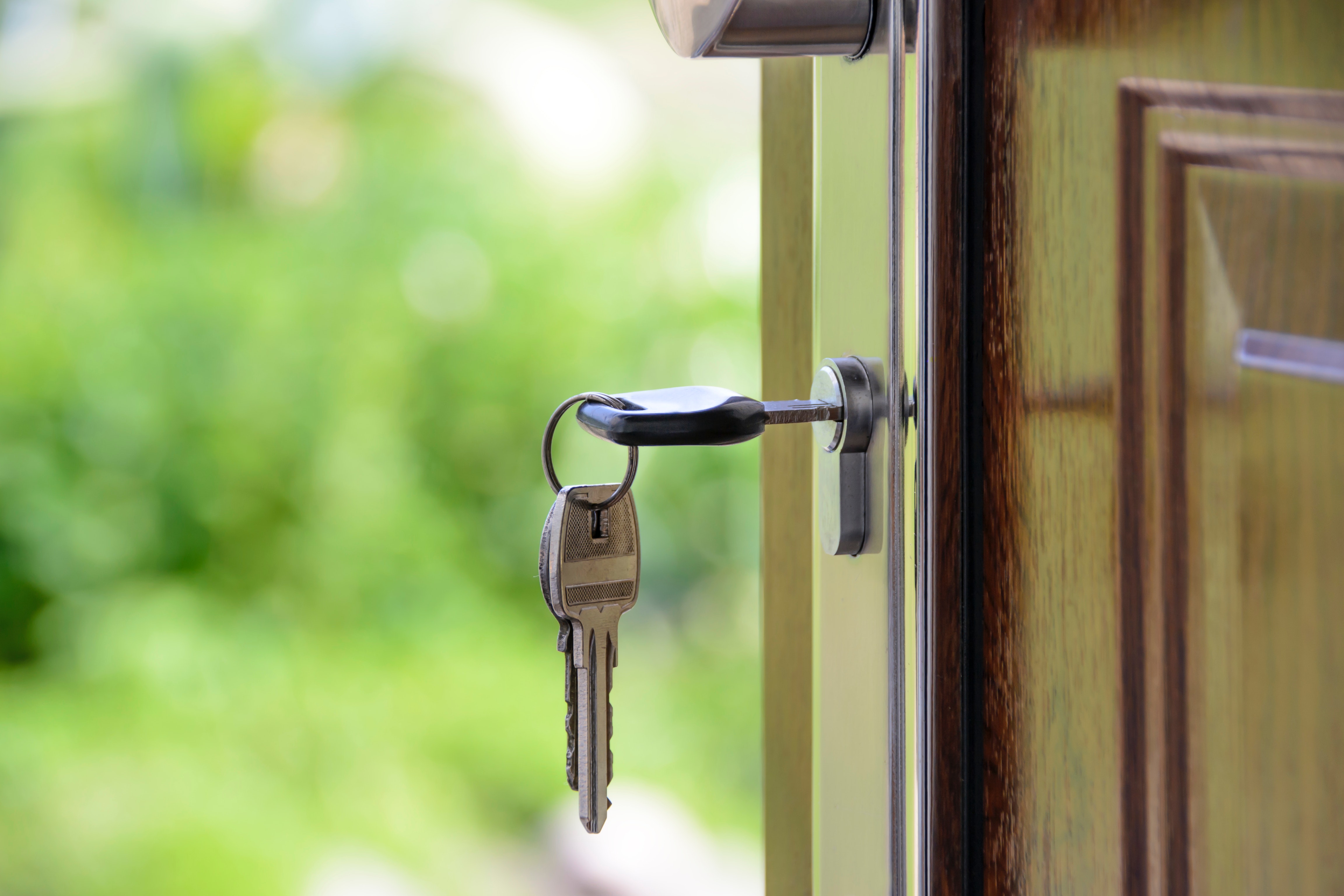First time buyers schemes

Buying your first home is an exciting but often overwhelming process, especially when considering all the costs involved. As well as saving for a deposit, you have to decide how much you need to borrow so you can buy the house you want.
But there’s a lot of help available from the government, homebuilders and mortgage lenders to break down the barriers to homeownership. This includes mortgages and homebuying schemes that are designed to help first time buyers get on the property ladder.
This guide will explain some of the mortgage products and homeownership schemes that are worth considering if you’re a first time buyer.
1. First time buyer mortgages
Many lenders offer mortgages exclusively to first time buyers and they are generally available with higher loan-to-values. This means you may only need a deposit of 5% or 10% of the property’s value.
First time buyer mortgages often come with additional offers as well. They might be fee-free or offer a free valuation and free legal fees.
For example, The Co-operative Bank offers mortgages to first-time buyers with just a five per cent deposit, as well as a range of products for those who have 10% or more to put down.
Check out our range of first time buyer mortgages
2. Family mortgages
Parents, or other family members, sometimes help their children to buy a home.
The easiest way to do this is by directly helping with a deposit, but not everyone wants to, or can afford to, do that.
Instead, guarantor mortgages allow a parent or close family member to stand as guarantor on the mortgage. This means they are putting their name to the mortgage and may be liable for any shortfall if your property gets repossessed and subsequently sold.
They might do this by offering their savings as security against the mortgage or agreeing to cover any missed mortgage payments.
Some lenders also offer family springboard mortgages. These are home loans where a family member can help out financially by using their own home or savings as security. Like other guarantor mortgages, this means the family member is liable to pay what is owed if the borrower can’t cover the costs.
3. Mortgage Guarantee Scheme
The Mortgage Guarantee Scheme aims to increase the number of 95% mortgages available to buyers with a 5% deposit.
The government-backed scheme encourages lenders to offer these mortgages by protecting them from potential losses. For buyers, it works in the same way as any other mortgage but with a few more restrictions, such as:
• Mortgages under the scheme are only available on primary residences. This means they can’t be used on a buy-to-let property or second home
• The maximum value of the property is £600,000
• You should have a deposit of between 5% and 9% of the property's value and you need to borrow 91% to 95% as a repayment mortgage.
You still have to show the lender you can afford the mortgage repayments, as with any other mortgage deal.
The Co-operative Bank isn’t using the Mortgage Guarantee Scheme.
4. Help to Buy Equity Loan (Wales only)
The Help to Buy Equity Loan is a shared equity scheme open to first-time buyers purchasing a newly built house. It was previously available in both England and Wales, but is now only available in Wales.
It aims to help those with a low deposit get onto the property ladder by offering them a government loan.
You need at least a 5% deposit, and the government will offer you an interest-free equity loan for five years on up to 20% of the property’s value.
The rest is borrowed as a mortgage which works in the same way as any other mortgage.
It’s worth noting that property price caps apply, depending on the region you’re buying in. For Wales, the cap is £300,000.
After five years, you usually need to start repaying the equity loan and the government will start to charge monthly interest on it at 1.75%. However, make sure you read the terms and conditions carefully so you’re aware of any other contractual requirements.
You can find out more about Help to Buy mortgages on the Money Helper's website
5. Shared Ownership
Shared ownership schemes allow you buy a portion of a property from a housing association or registered provider. This would usually be between 25% and 75% of the overall property value.
However, the government is planning to make the scheme more accessible by reducing the minimum initial purchase to a 10% share of a property under its Right to Shared Ownership scheme.
You take out a mortgage in the normal way on the portion you own, then pay a reduced rent to the housing association on the portion they own.
Usually, once you’ve owned the home for a certain period of time, you can buy further shares in the property from the housing association. This process is called ‘staircasing’, and over time, you can end up owning the whole property.
Learn more about shared ownership mortgages on the Money Helper's website
How we can help
If you're looking for more information and advice on the best way to buy your first home, you can find out more about our mortgages online.
If you can't pay your mortgage
If you are worried that you won’t be able to pay your mortgage, get in touch with your lender. They will work with you to come up with a repayment plan based on your circumstances.
Find out more
Download our First Time Buyers guide (PDF) for more information on buying a house.
You can also find out more about mortgages here.
Your home may be repossessed if you do not keep up with repayments on your mortgage.
Not found what you're looking for?
Contact our support team


